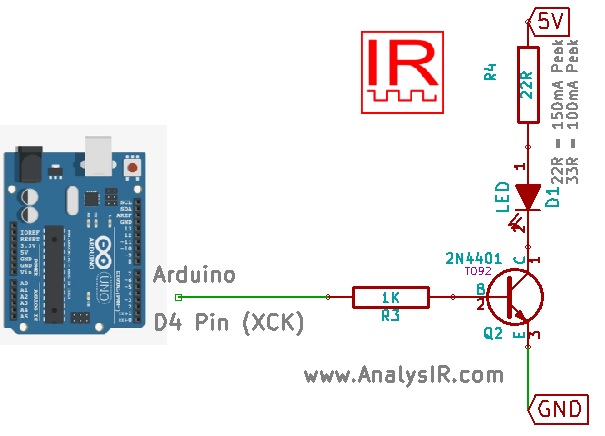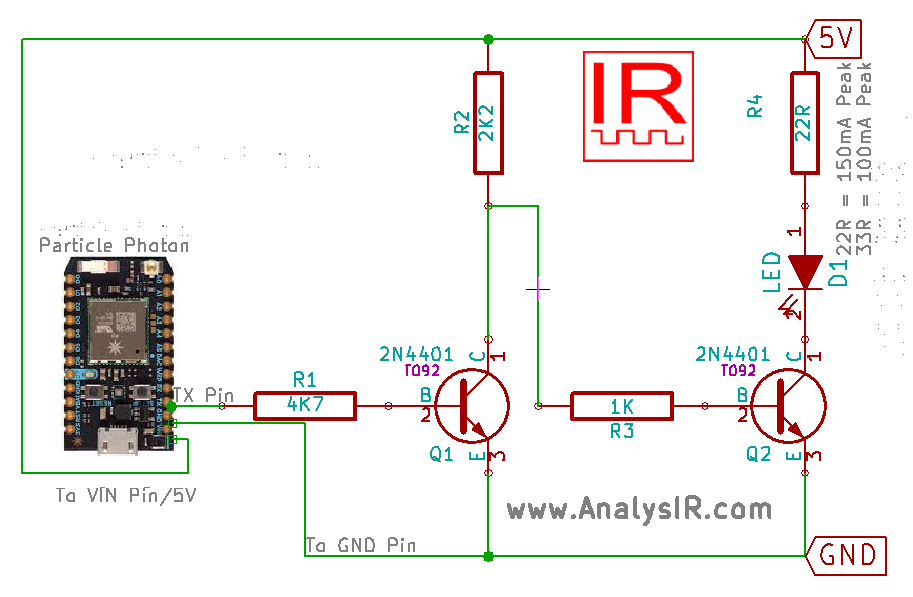The final member of our first MakeIR series of devices & kits is the A.IR Shield Photon. This shield works out of the box with AnalysIR and is essentially plug & play, with additional prototyping options. The shield plugs into a (Particle) Photon with headers or pin-compatible clone. Although designed specifically for AnalysIR, users can also upload any sketches that run on the Photon for Infrared remote control projects by customising the included firmware. A.IR Shield Photon is built with only the highest quality IR components available and boasts dual Infrared emitters with configurable IR Power. The supplied firmware supports hardware PWM for sending IR signals.

We have provided a link below to the preliminary product data sheet and would welcome feedback on additional, nice to have or missing features, if any. Please read the data sheet for a more detailed description of the A.IR Photon shield.

Continue reading Preview: A.IR Shield Photon, a high-end Infrared Shield for AnalysIR





